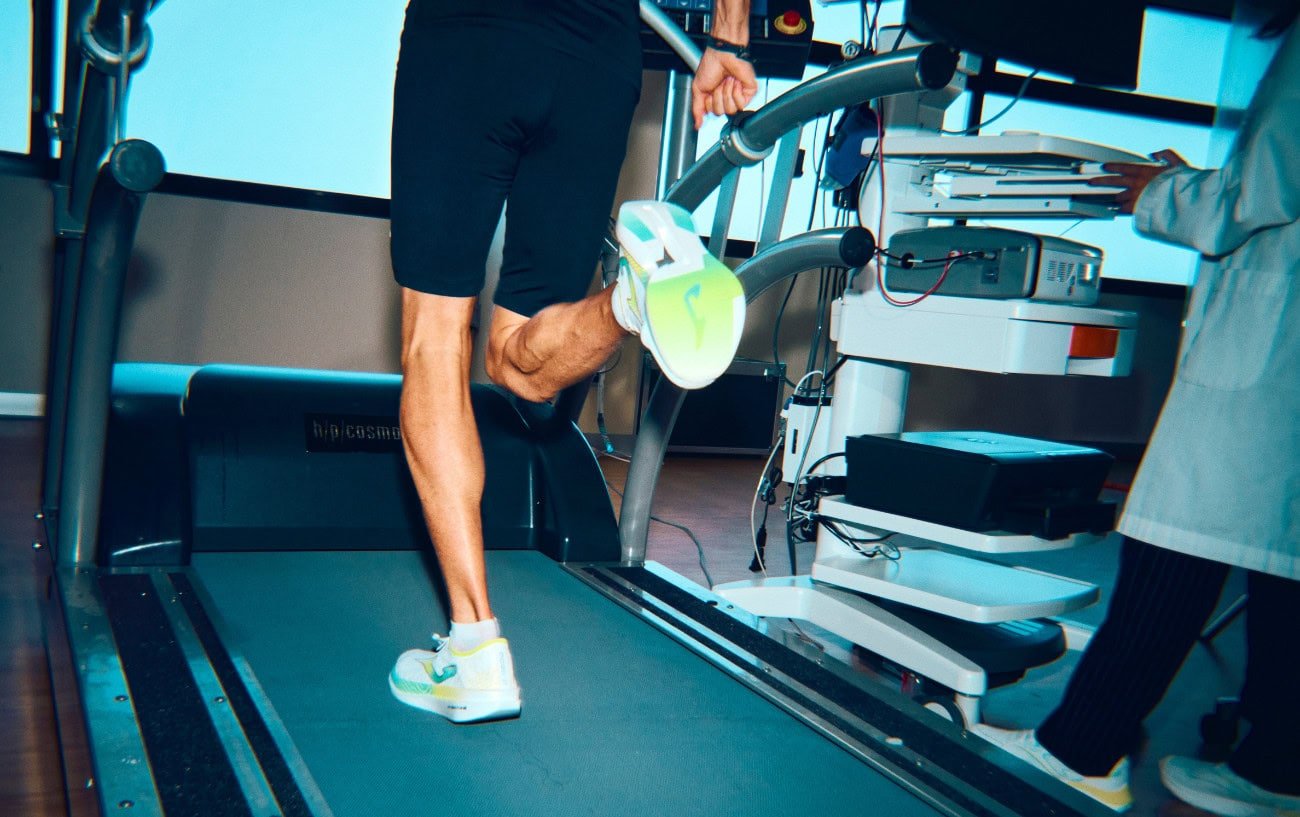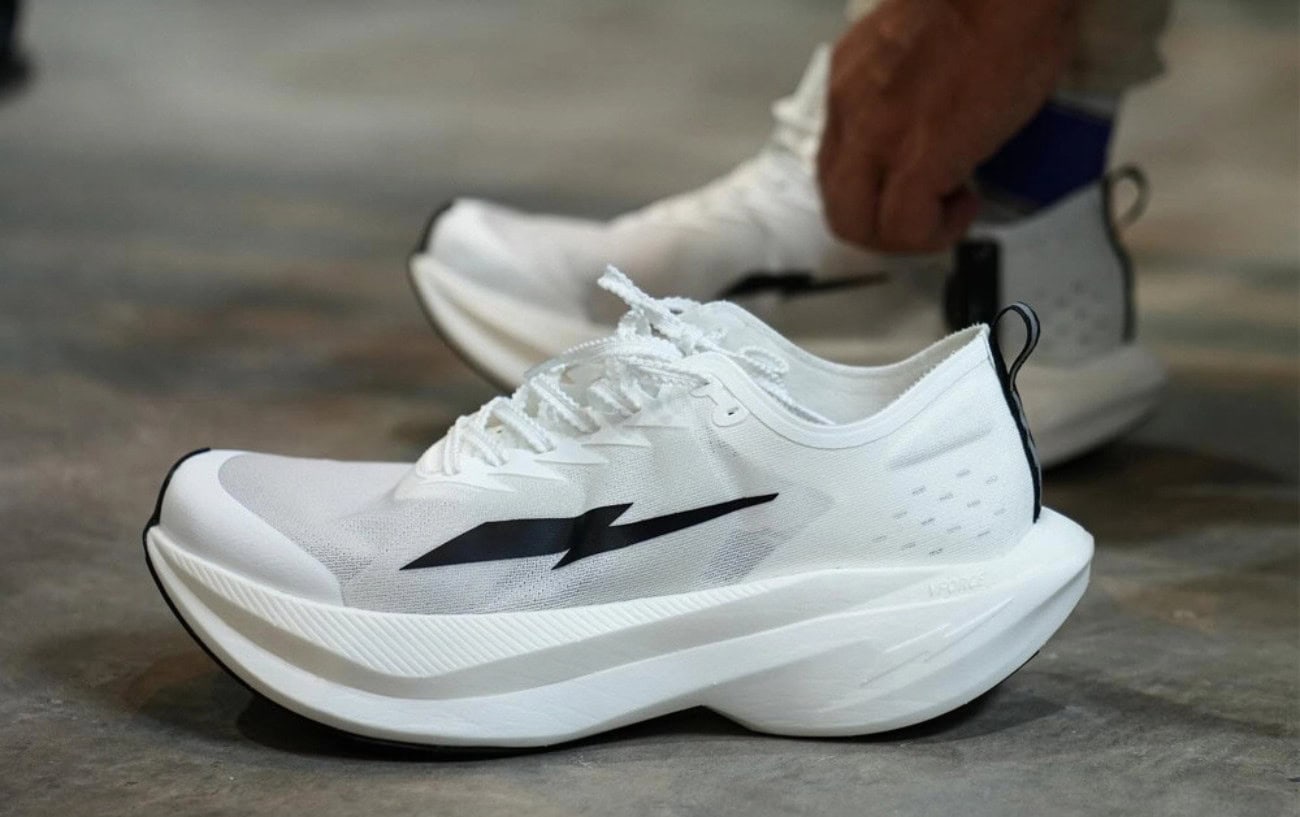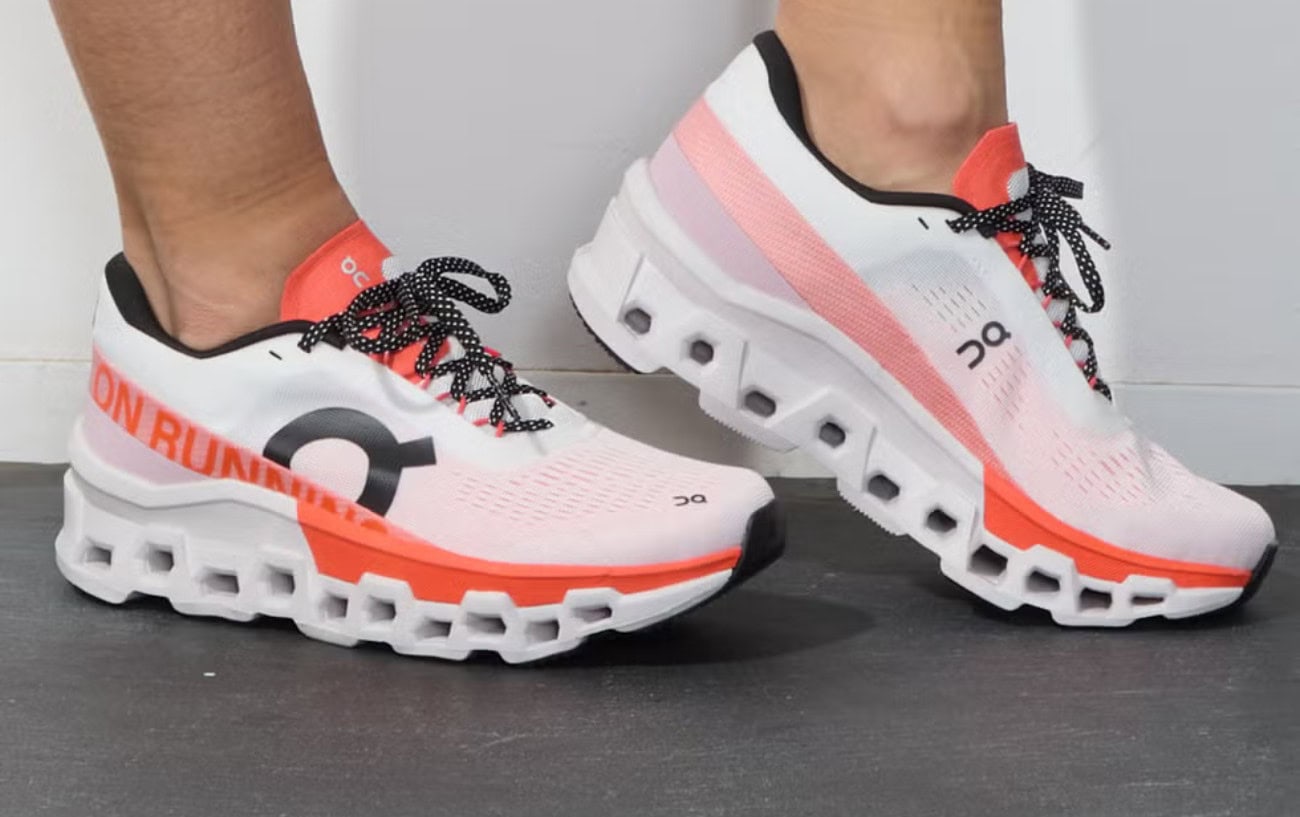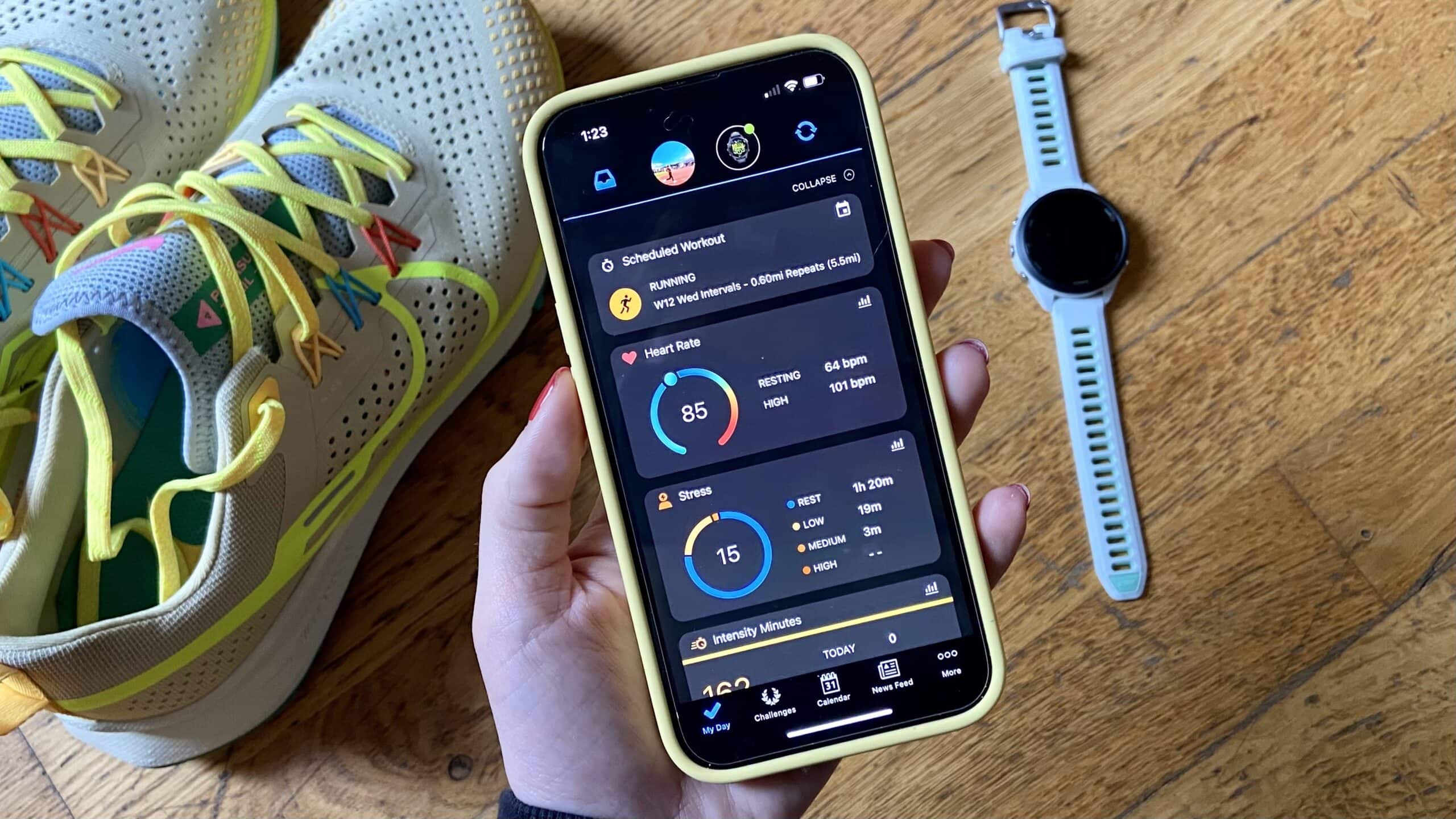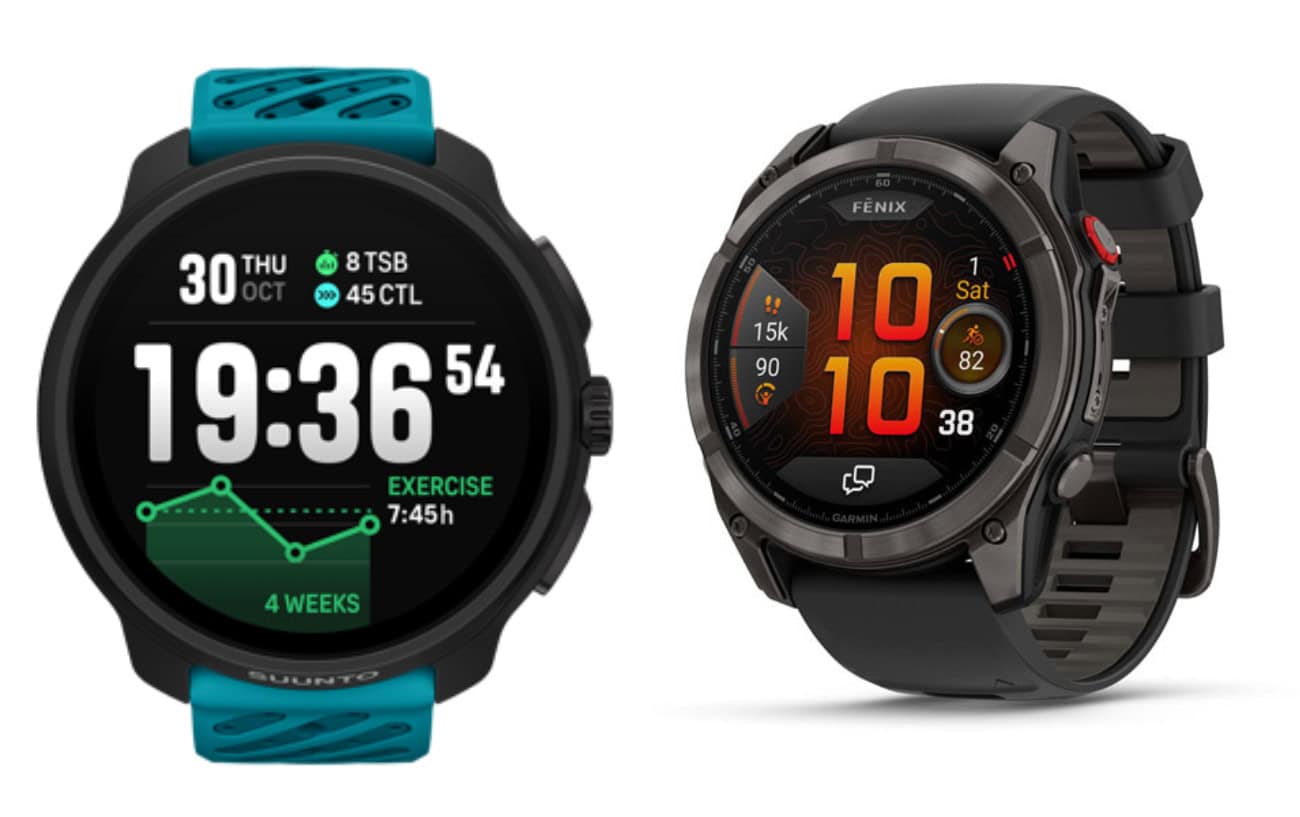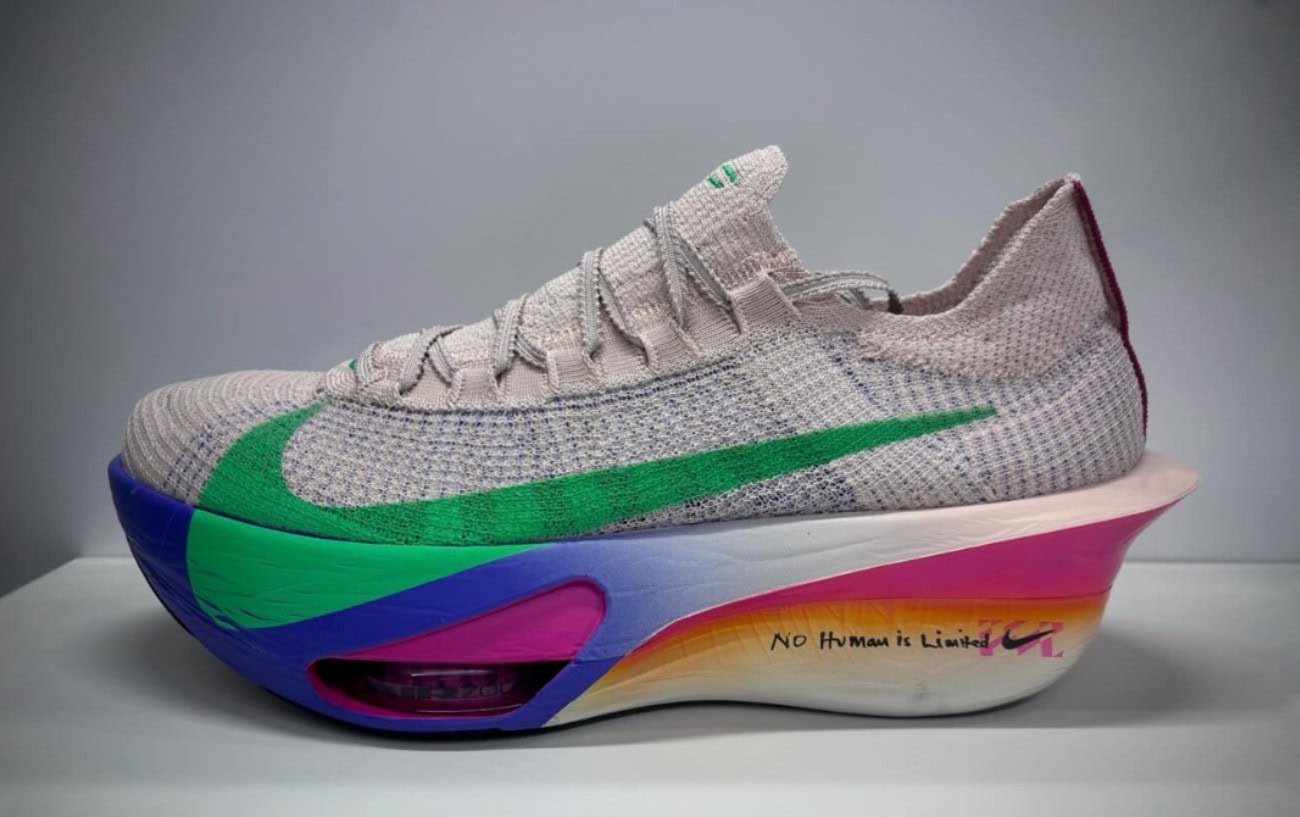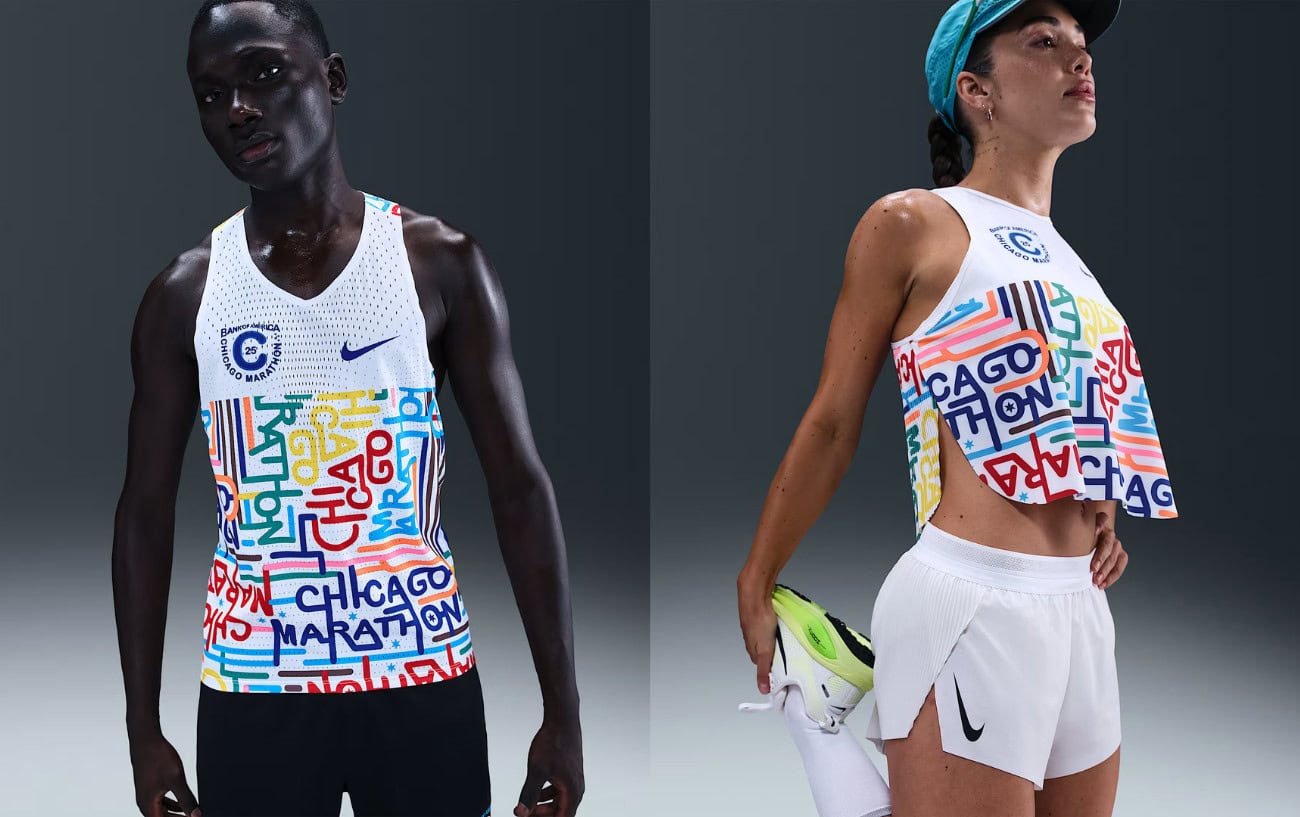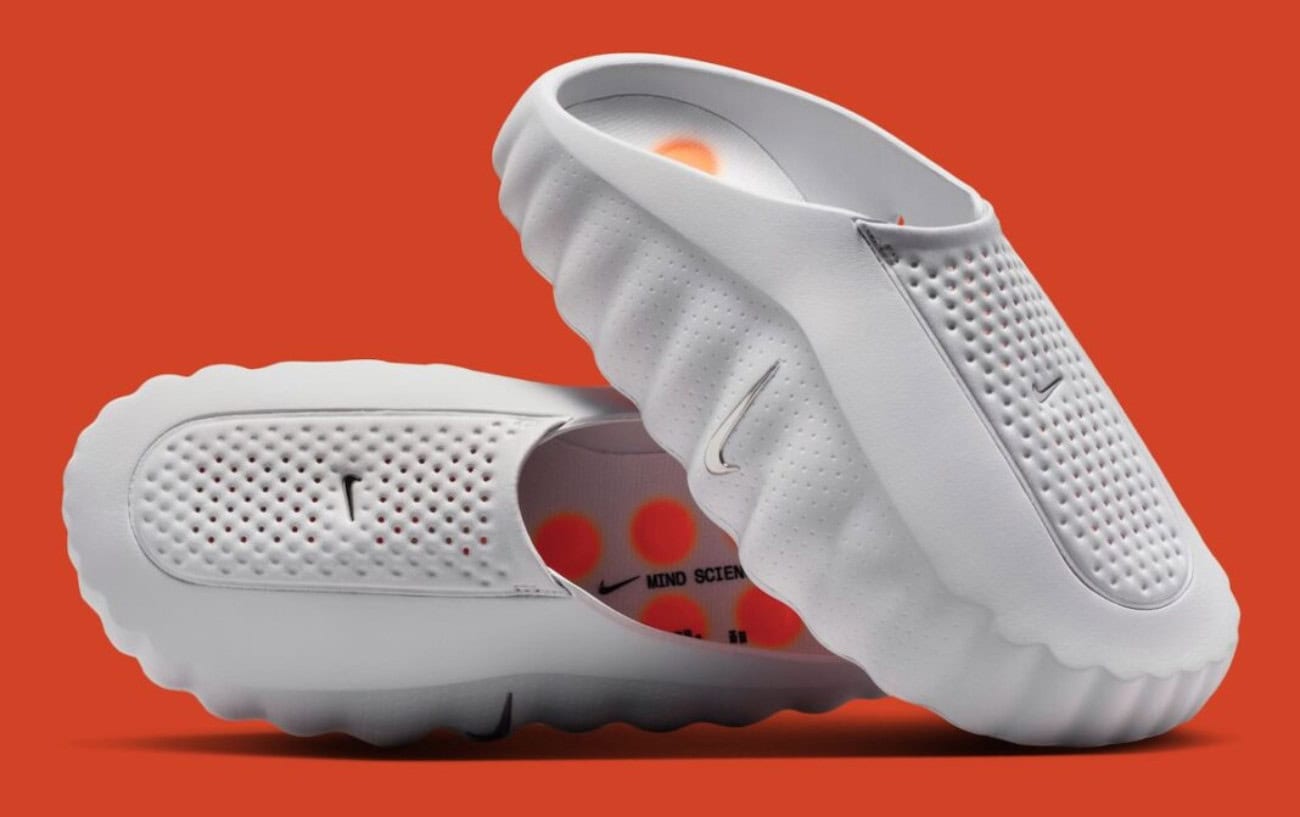Nike has never been shy about chasing the future of sport, but its latest announcement marks a bold pivot, not toward faster times, but toward making movement feel easier for the rest of us.
On Wednesday, the company unveiled Project Amplify, calling it the world’s first powered footwear system for running and walking.
It’s a mechanical shoe system designed to give everyday runners and walkers an actual assist with each step, powered by a lightweight motor, a drive belt, and a rechargeable battery in a cuff that connects to the shoe.
And while that might sound like something ripped from a sci-fi fitness pitch, Nike insists the experience is smooth, intuitive, and even fun.
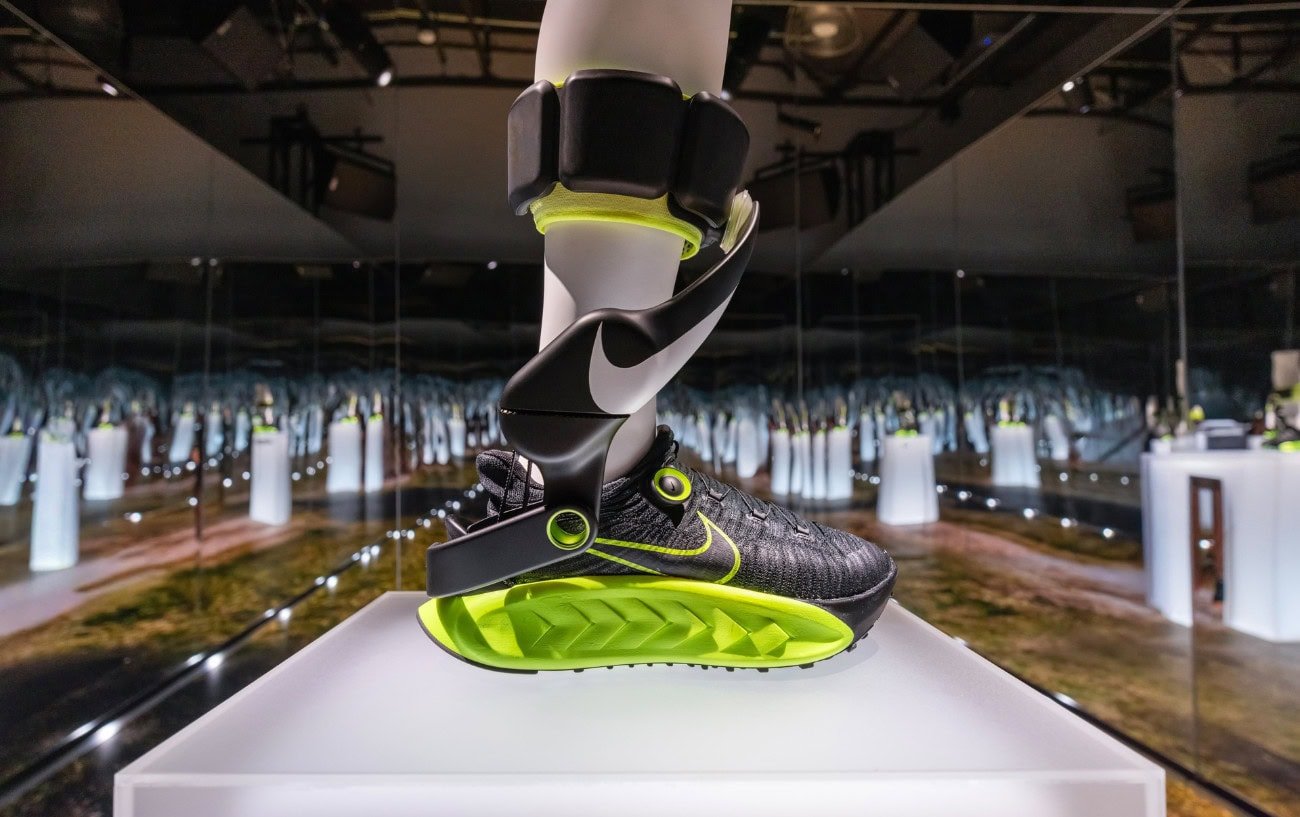
According to early testers, the motor kicks in seamlessly to support your natural stride, particularly at the ankle and lower leg, where most of the work in running and walking takes place. Nike likens it to having a “second set of calf muscles.”
But this isn’t for marathoners hunting a PR. Project Amplify isn’t aimed at elite racers at all.
Instead, Nike is building this tech for the rest of the running population, the joggers putting in 10- to 12-minute miles, the walkers commuting to work, and the people who want to enjoy movement without always having to work for it.
“Project Amplify started with a single question: What if we could find a way to help athletes move faster and farther with less energy and a lot more fun?” said Michael Donaghu, Nike’s VP of Emerging Sport and Innovation, in a statement. “The fun comes from realizing you can do more than you thought you could, whatever ‘more’ means to you.”
The prototype was developed in partnership with Dephy, a robotics company that specializes in wearable mobility tech, and has been quietly in the works for several years.
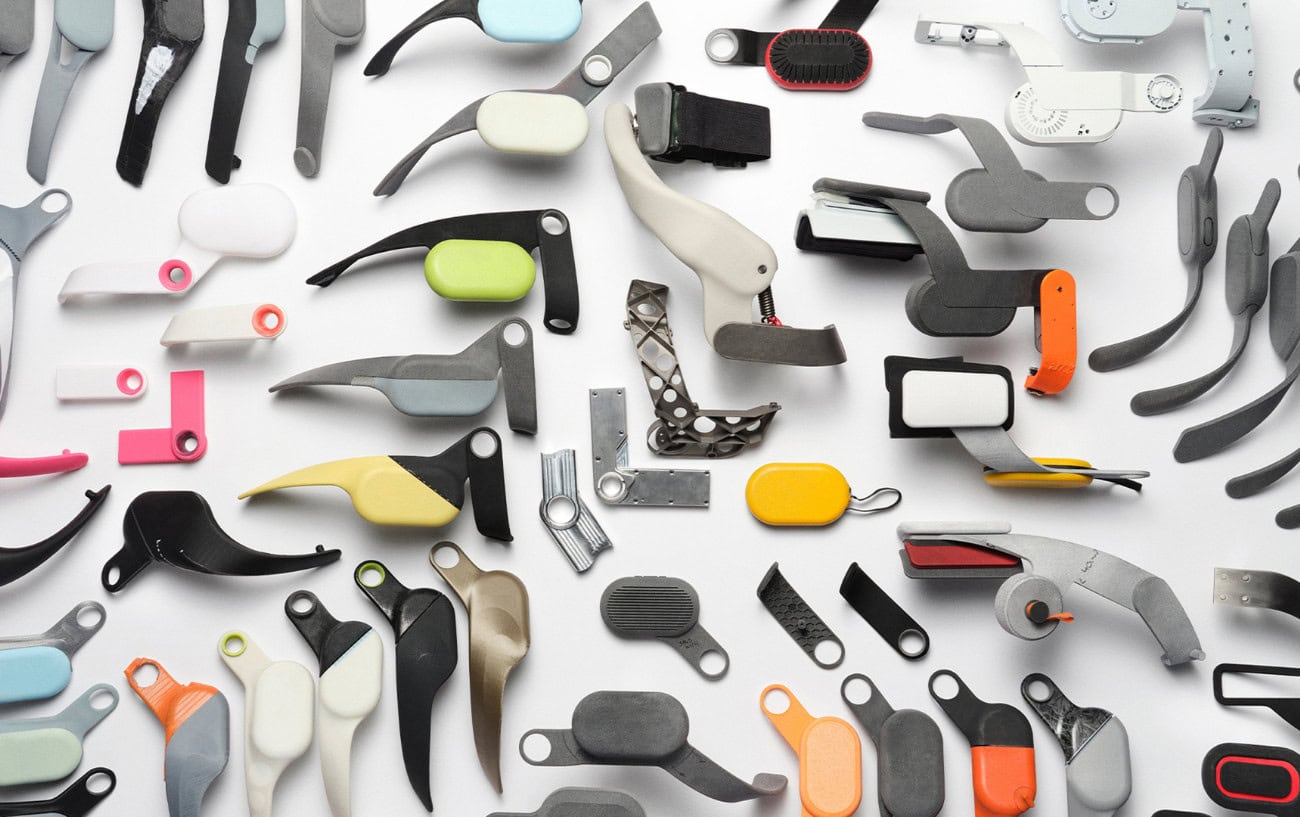
More than 400 athletes have tested the system across nine different hardware versions, logging over 2.4 million steps, mostly at Nike’s Sport Research Lab (NSRL), which provided the biomechanics data that powers the shoe’s motion algorithms.
Testers described the experience as feeling like they were running downhill even when on an incline, or simply that they could “keep going” longer than usual. In some cases, the system helped runners drop from a 12-minute mile to 10.
That’s not groundbreaking in elite racing terms, but for everyday athletes, it could change the relationship people have with running altogether.
There’s a growing parallel here with how e-bikes have reshaped the cycling world, not replacing the traditional ride, but opening it up to people who wouldn’t otherwise be riding as often or as far.
A 2021 study in the Journal of Transport & Health found that e-bike users more than doubled their riding time compared to regular cyclists, largely because they found it less physically taxing and more enjoyable. Project Amplify seems aimed at sparking that same behavioral shift in running and walking.
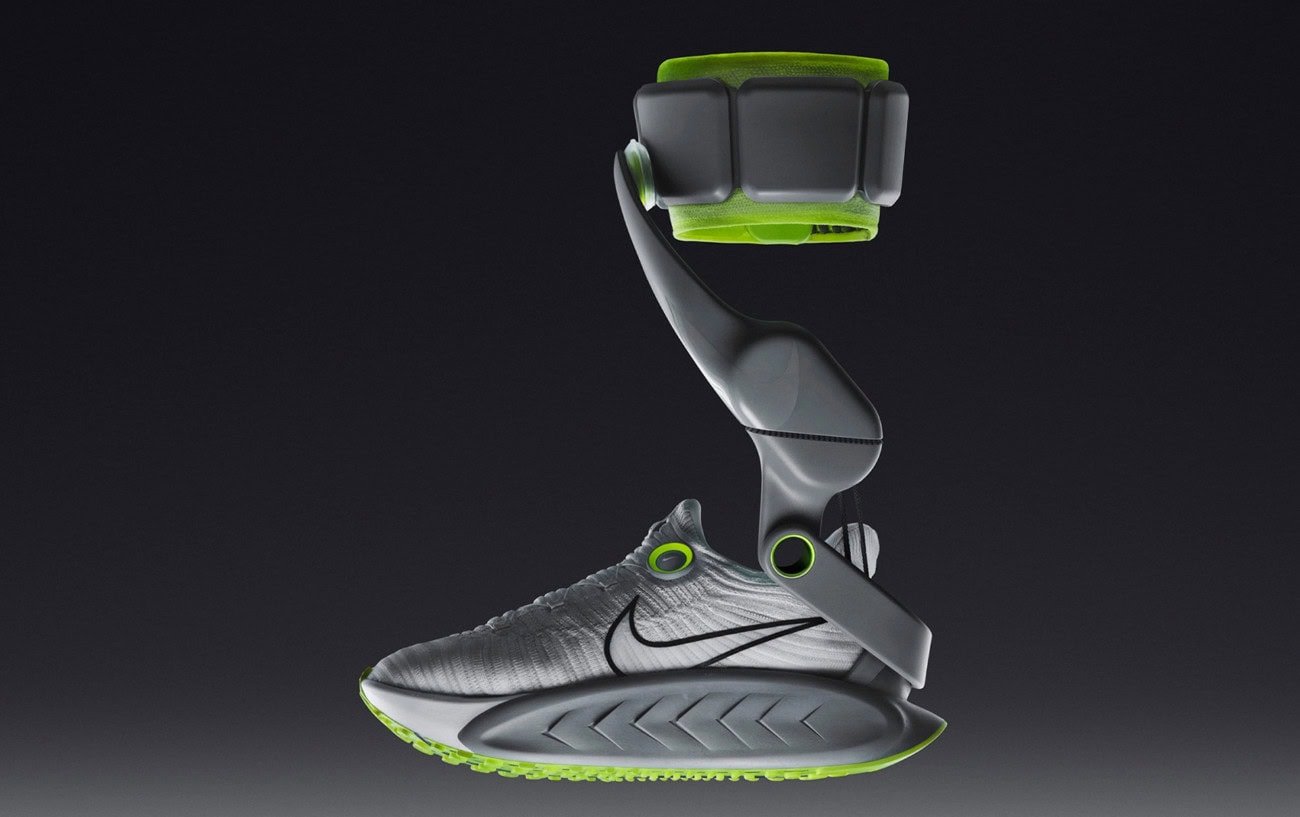
Of course, this isn’t the first time Nike has tried to reshape what shoes can do. Donaghu even referenced the brand’s founding story, when Bill Bowerman poured rubber into a waffle iron to create the original Nike running sole, as the spiritual starting point for this project.
“We’ve always believed movement is medicine,” Donaghu said. “And Project Amplify is the next chapter in that story.”
For now, the system is still in testing and not available to the public. Nike says it’s continuing to refine the design with input from real users and has not set a timeline for launch. But the concept alone pushes the boundaries of what counts as a running shoe, and who running gear is designed for.
In a market where most major innovations cater to Olympic-level performance, this is something radically different: a product built not to win races, but to help more people simply enjoy movement. And that, in its own way, could be even more powerful.


